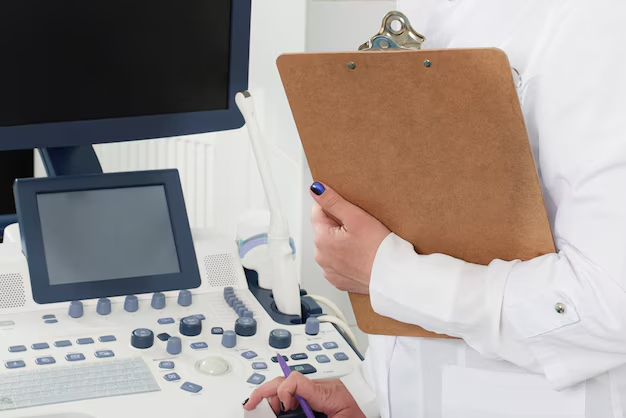How to Become a Vascular Sonographer: Education, Certifications, and Training
Embarking on a career as a vascular sonographer opens doors to a field that blends cutting-edge technology with the profound impact of healthcare. To enter this rewarding profession, aspiring sonographers must navigate a path that values both formal education and specialized training. Starting with an Associate's degree in Diagnostic Medical Sonography or an equivalent field is typically the foundation. These programs equip students with the fundamental skills needed to operate sonographic equipment and interpret vascular imaging. Investing in a bachelor's degree can further enhance career prospects and provide a competitive edge in the job market. Additionally, obtaining professional certifications, such as the Registered Vascular Technologist (RVT) credential through the American Registry for Diagnostic Medical Sonography (ARDMS), is often recommended. This certification not only validates your expertise but also underscores a commitment to maintaining high standards in this specialized field.
To stand out in the dynamic world of vascular sonography, consider enrolling in advanced certification courses and hands-on training programs. These opportunities allow you to gain practical experience and keep abreast of the latest technological advancements and methodologies in vascular imaging. Licensure requirements may vary by state, so confirming the specific criteria in the area you plan to practice is crucial. By embracing a comprehensive educational journey, from obtaining degrees to acquiring certifications and licenses, you lay a robust foundation for a successful career in vascular sonography, making substantial contributions to patient care and diagnosis.
Pathway to Becoming a Vascular Sonographer:
- 📚 Associate's Degree: Diagnostic Medical Sonography
- 🎓 Bachelor's Degree (Recommended): Health Sciences with a focus on Sonography
- 📜 Certification: Registered Vascular Technologist (RVT) by ARDMS
- 🏫 Advanced Training: Specialized courses in vascular imaging
- ✅ Licensure: Check state-specific requirements for practicing
- 🔍 Continuing Education: Ongoing professional development and certification renewal
